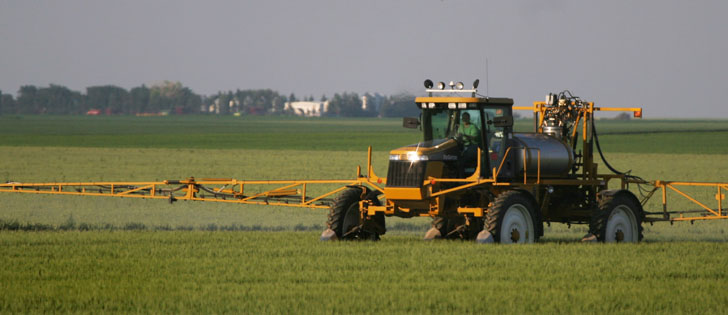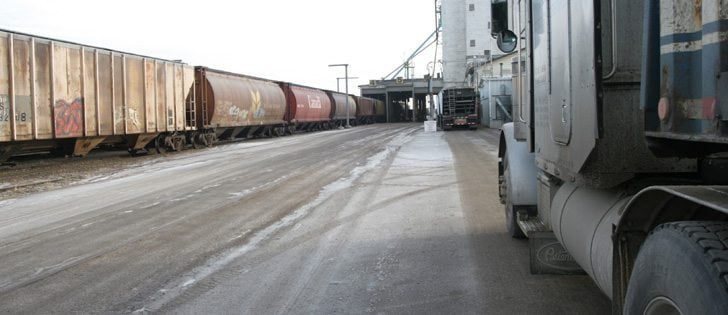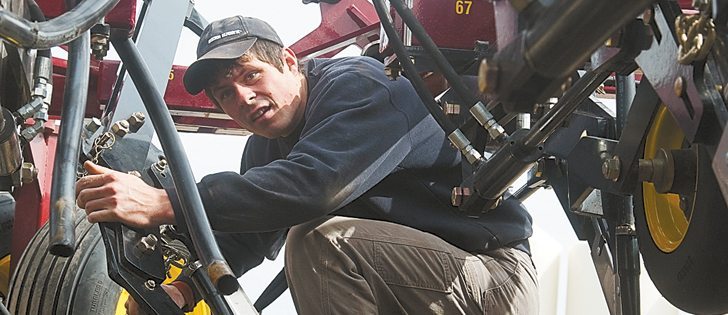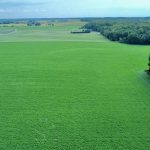Last week I attended a Calgary conference called Precision Ag 2.0: The Next Generation. The Producer has been following developments in precision agriculture since their inception but a two-day immersion in the topic wakes a person up to the vast possibilities embodied in precision farming techniques.
As I listened to presentations on variable rate fertilizer, variable rate irrigation and sensors that can calculate the light absorption rates of individual plant leaves, I realized how far we have come.
It must have been in the early 1990s when I got a call from a colleague who was working on a story about GPS farming. An early adopter was at that very moment seeding a field near Bow Island, Alta. It just so happened that I was in southern Alberta at the time, but my colleague was in Saskatoon. Would I go take some photos to go with the story?
Read Also

Forecast leans toward cooling trend
July saw below average temperatures, August came in with near to slightly above average temperatures and September built on this warming trend with well above average temperatures for the month.
The field was easily found, being adjacent to the tallest radio tower around, from which the farmer was getting his WAAS signal. That acronym wasn’t in common use at the time, but then as now, it stands for Wide Area Augmentation System, used to calculate field position.
Mr. Bow Island Farmer (I cannot recall his name after all this time) had an actual COMPUTER! And it was RIGHT INSIDE THE CAB! And with it, he could calculate exact field position, give or take THREE FEET! This was revolutionary at the time but it was apparent even then that precision farming was the coming thing. Signals now allow farmers to be even more precise in their position and thus able to eliminate field overlap and the attendant waste in seed, fertilizer or other product.
Precision farming is here now, in a big way, but it’s still the coming thing because there are constant developments and improvements in technology. Full embrace of precision agriculture is the embrace of a moving target.
But it is worth the exploration, because it adds to efficiency and profitability, in many cases, and allows seed, fertilizer and chemicals to be applied at the precise places and rates at which they can do the most good.
No more, no less.
But further, as conference speaker Paul Fixen noted, it will steadily become more important for farmers to track their inputs and outputs so they can show the public that farming is being done responsibly and with an eye to sustainability and environmental protection.
Fixen is the director of research at the International Plant Nutrition Institute. He says people understand the need for farmers the world over to produce more food as the population grows. But they don’t necessarily understand how more intensive agriculture, which produces more food from the same land, fits into the equation.
Precision farming techniques are part of that fit.
You know, I should dig into the archives and find the name of that Bow Island farmer of the 1990s and see what he’s up to today. He’s probably had umpteen different computers since those early days, as well as a yield monitor, WAAS and GLONAS (Global Navigation Satellite System) signals, maps created from aerial soil surveys, satellite imagery, field management zones scripted for precise farming, a variable rate sprayer and variable rate irrigation system. And maybe even more.
Of course, eminent precision farming professor and researcher Raj Khosla pointed out one other thing to me at last week’s conference: when you’re working on the cutting edge, it really bleeds.
I should see if Mr. Bow Island Farmer has needed any blood transfusions lately.














